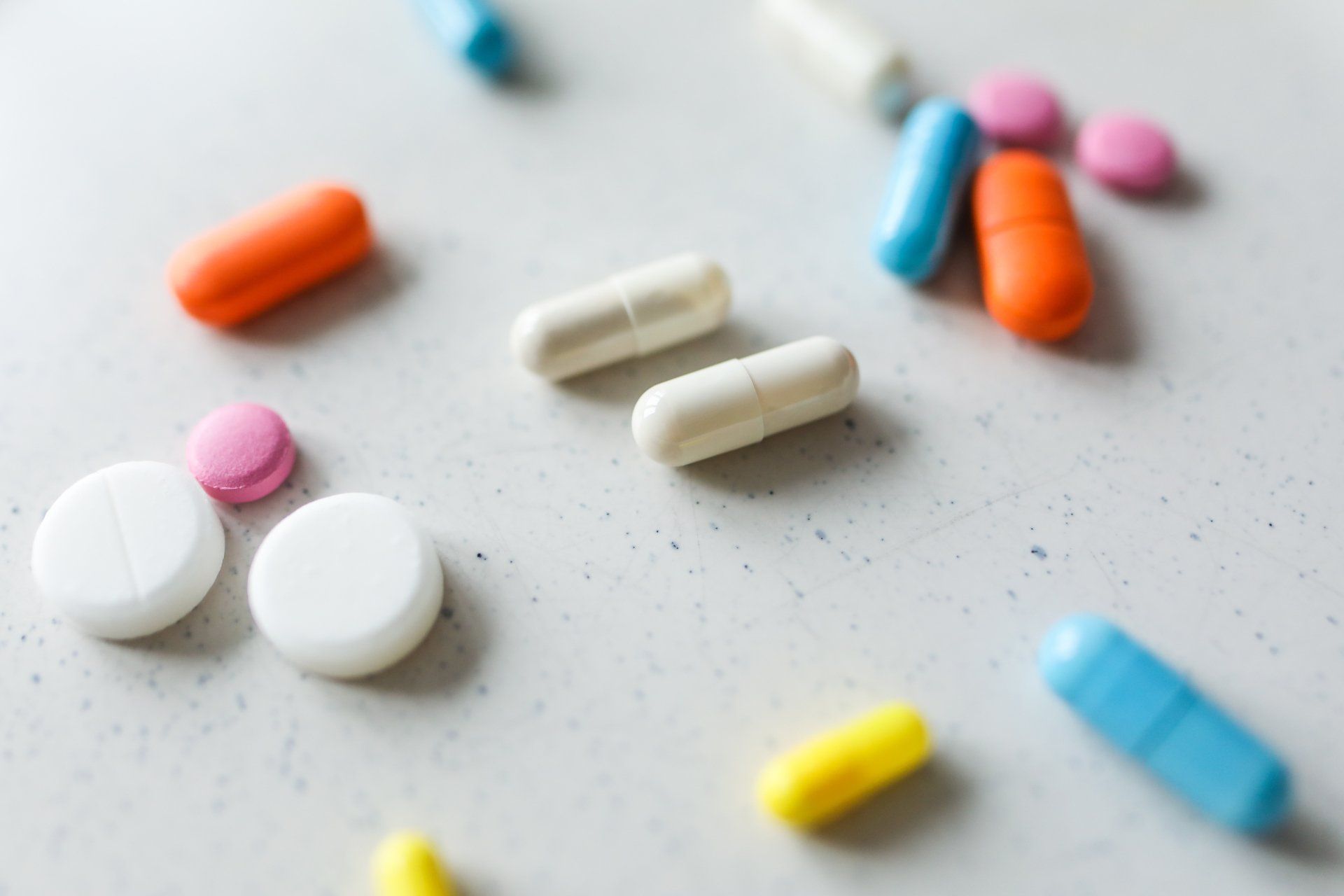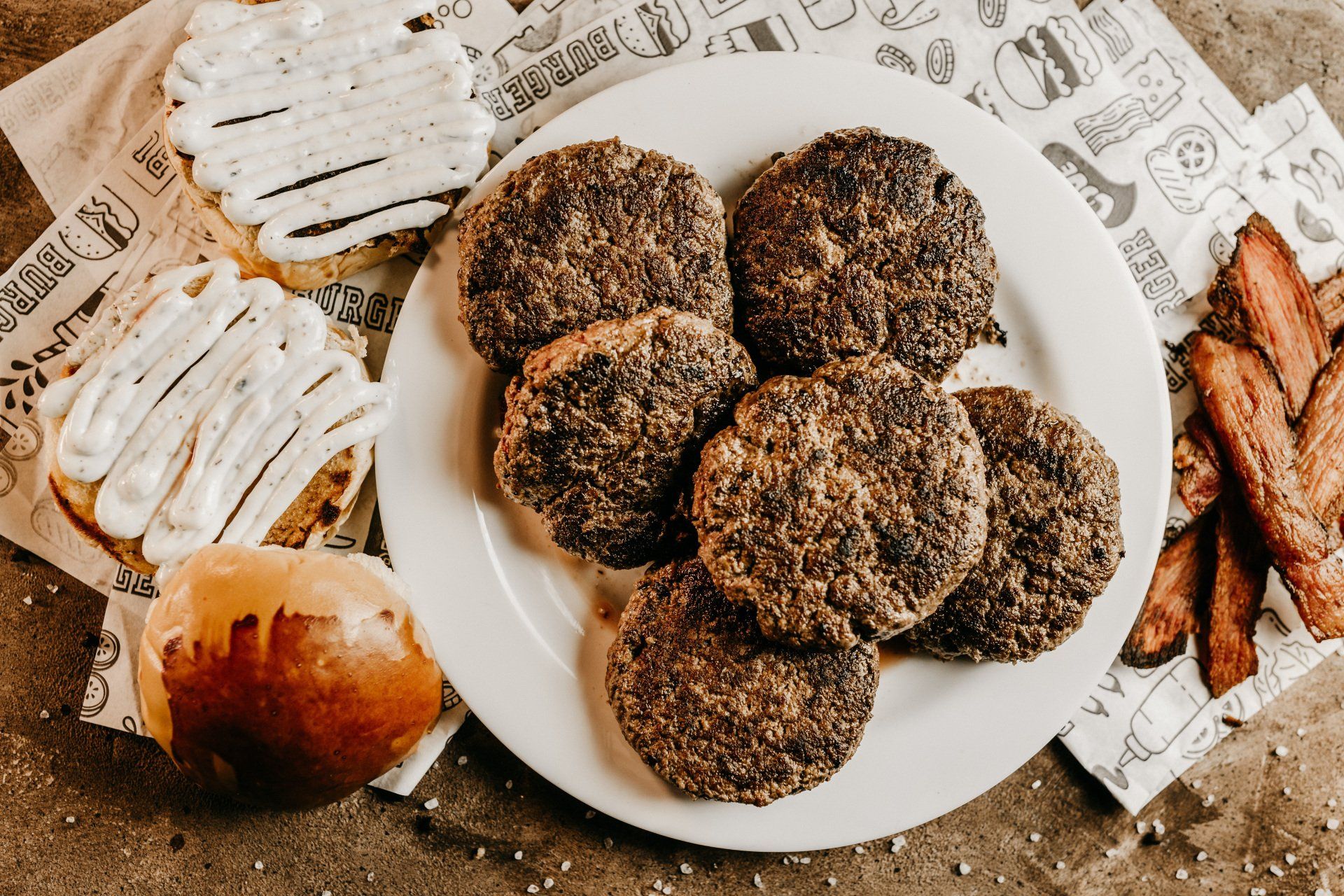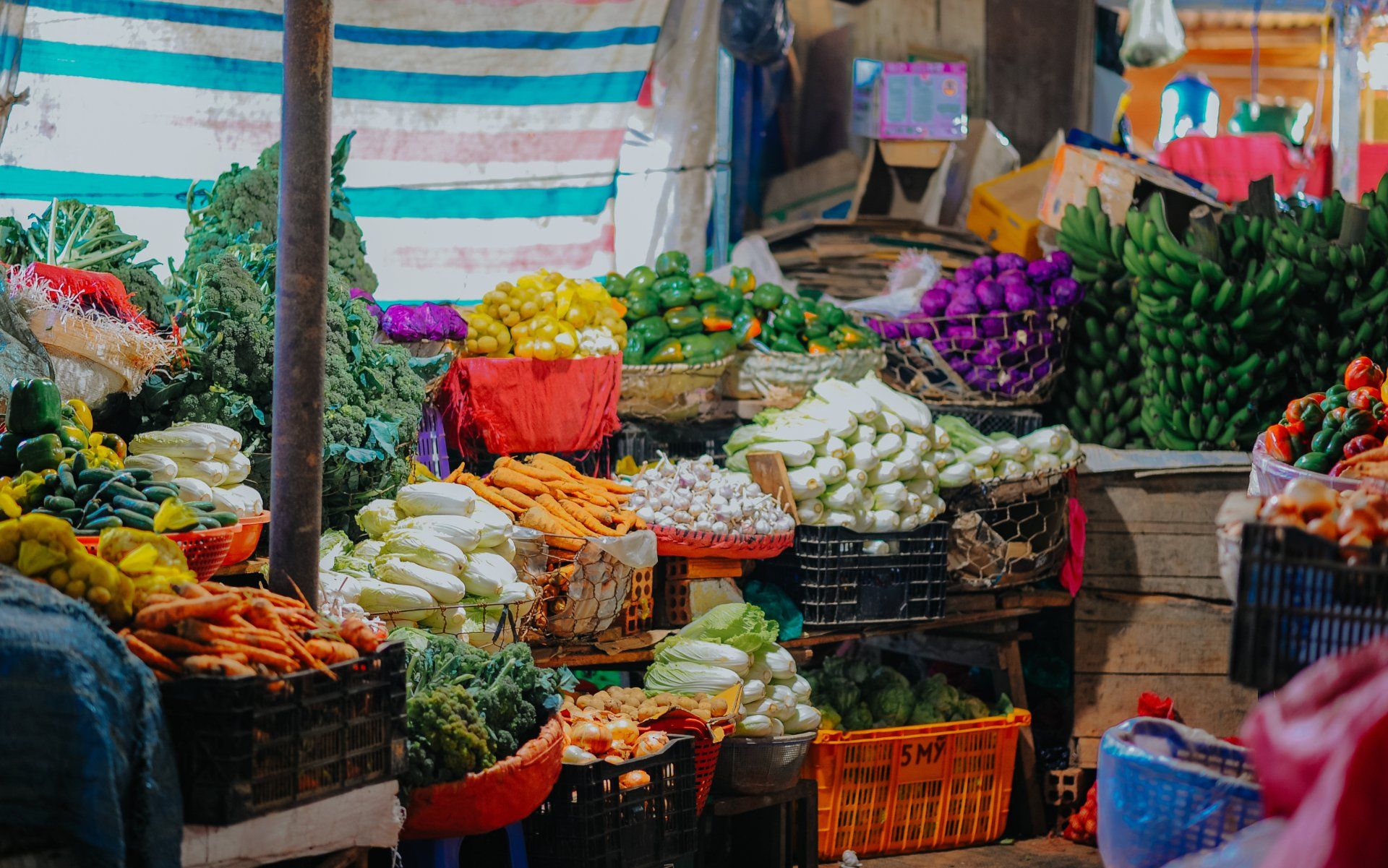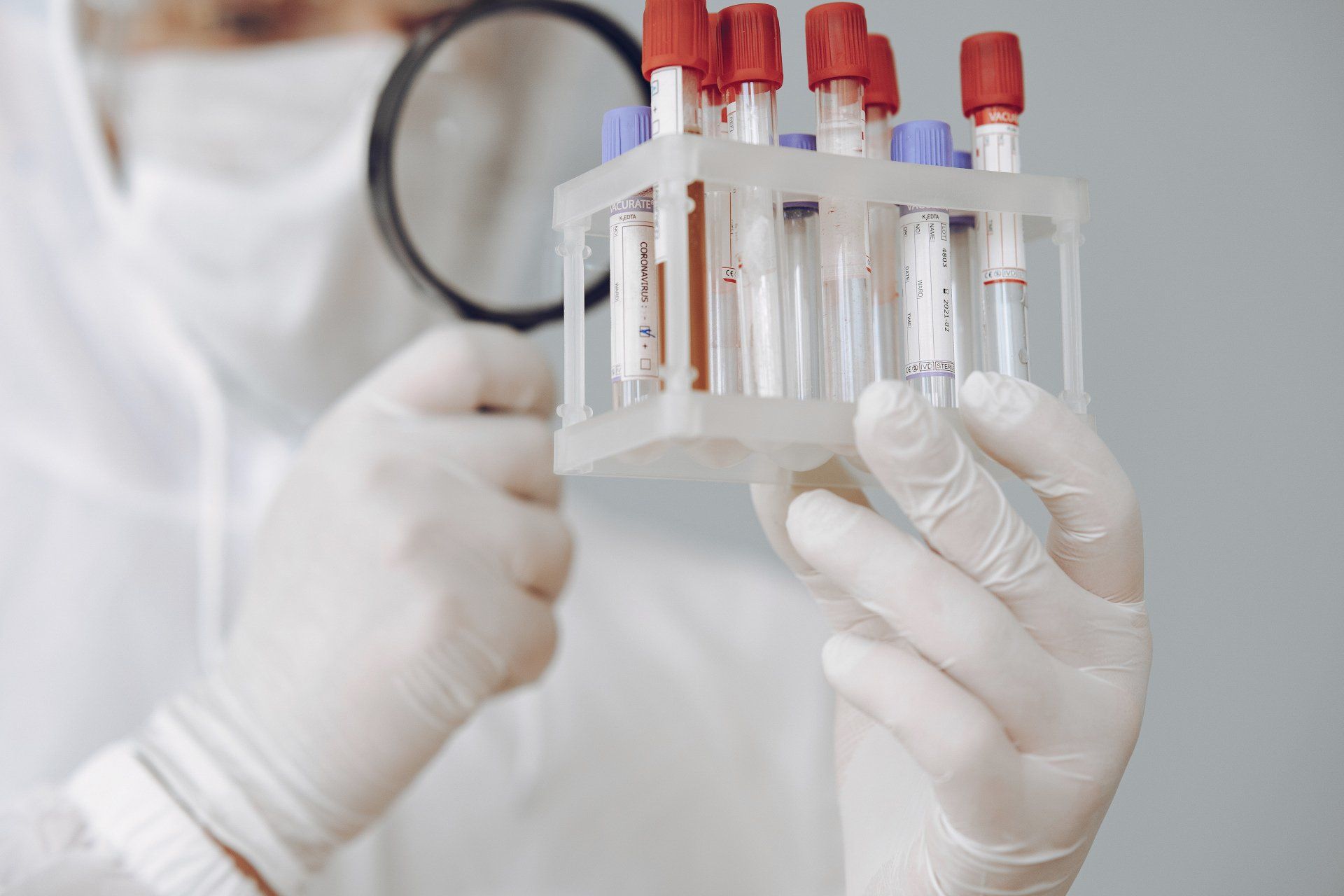Have you ever finished eating, sat up, and said to yourself, “Gosh, that isn’t sitting well?” You feel bloated and gassy, have some belly pain, and feel like there’s a brick in your stomach. From here, many of us have been trained to take some Tums, Prilosec, or other over-the-counter anti-acid.
Here’s the problem, we need stomach acid to digest food properly. If you’re always reaching for tums after a meal, you’re preventing this natural, essential process from happening. Here ensues a vicious feedback loop where you don’t produce enough acid to digest your food, indigestion subsequently occurs, and you take tums to mask the symptoms. But what if I told you there are 3 simple, free, and easy things you can do during a meal to keep your digestion feeling great?
How Digestion Works
Digestion begins before you take that first bite of food. Ever feel your mouth watering at the thought of eating your favorite meal? That’s because the mere thought, and sight of food, cause your mouth to start secreting various digestive enzymes (saliva). Then, as you start to chomp down on that food, your teeth begin to break down the food, mixing with the enzymes in your mouth. Then, this partially digested food (Bolus) goes down the esophagus and toward the stomach.
As food enters the stomach, the valve separating the stomach from the esophagus SHOULD close (side note: improper closer of this valve is one of the thoughts why GERD occurs, aka Acid Reflux). The stomach is rich in cells that secrete enzymes such as HCL (Hydrochloric Acid, which anti-acids inhibit), Intrinsic Factor (for B12 absorption), and pepsin (for protein digestion). From there, food remnants make their way into the small intestine, where a mix of pancreas and gallbladder enzymes finish the digestive process. Food is now ready to be absorbed and distributed throughout the body. Yay gut!
Great. How can I improve my Digestion?
1. Chew Your Food
If you have inhaled food without breathing, you were probably asked, “Did you even chew it!?” There is a lot of merit to that question. As I previously stated, one of the initial digestion stages involves your teeth breaking down food and mixing it with saliva in your mouth. The more chewing you perform, the more food will be broken down. The more food is broken down in the mouth, the GREATER THE OPPORTUNITY for nutrient absorption, and the less work the stomach has to do in breaking down the remaining food.
Now, the ultimate question is, how many times should I chew each bite? Enough for the food to turn to liquid. Whether you need to chew 15–20 times, or 25–30 per bite, be realistic with yourself. If you’ve always been a fast eater, maybe 15–20 times for the first couple minutes of the meal is a good starting point.
2. Put the Fork down between bites
This one has a spiritual element so that we may get some woo-woo. But I’ve found that I eat more mindfully when I put my fork (I’ve become quite fond of sporks) down between bites. This allows me to become more aware of how my body (and my GI tract) feels while eating, aka when I’m full. There is also some research on this whole mindful eating thing. In a 2016 study, participants who underwent mindfulness training about food saw a more significant reduction in blood sugar levels. They also consumed fewer calories from high-sugar foods than the control group. (1)
Putting the fork down can be made more accessible when you’re eating with others. Eating with others not only provides the social stigma of not wanting to eat fast but as you engage in conversations with others around you, your body’s natural digestive processes will be increased. This is due to the Parasympathetic Nervous System (PNS), the “Rest and DIGEST” branch of the nervous system.
The PNS causes the cells of your stomach to secrete stomach acid, your salivary glands to produce enzyme-rich saliva, and your intestines to engage in a series of contractions that will push its contents out (aka bowel movements). All sounds pretty important.
3. Pre Meal Breathwork
As previously mentioned, activating the PNS does wonders for one’s digestion. Another great way to activate this system is through our breath. Engaging in deep, mindful breathing, such as a 4-count breath in (through the nose preferably), followed by an 8-count breath out (nasally or through the mouth), can lower one’s breathing rate to 6–10 per minute (from the typical 12–20). At this rate, your PNS will become highly active. (2)
Now, I’m not saying that you need to adopt a full-on yogi meditation routine for 15 minutes before you eat, but maybe 4–5 rounds, of 4 count in, 8 count out, is all you will need to get those digestive juices flowing. Or three rounds of the physiologic sigh!








